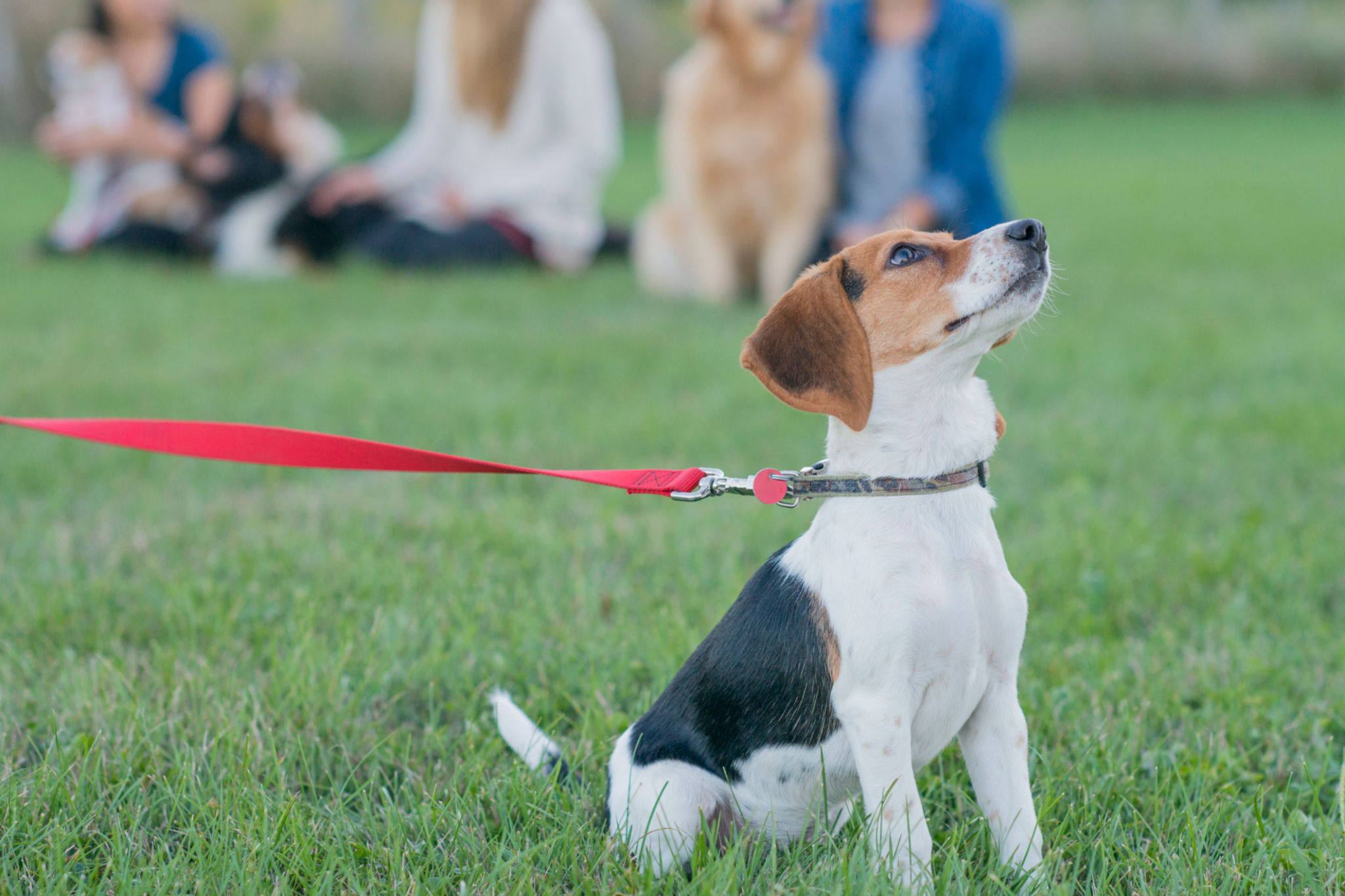The Benefits of Positive Reinforcement Techniques for Dogs: Beyond Obedience
Introduction to Positive Reinforcement
Positive reinforcement is a powerful tool in dog training that goes beyond teaching basic obedience commands. It involves rewarding desirable behaviors to encourage their recurrence, creating a positive learning environment for your furry friend. By focusing on rewards rather than punishments, positive reinforcement can lead to a well-behaved and happy dog.
Unlike traditional training methods that often rely on punishment, positive reinforcement offers a more humane and effective approach. Dogs trained with positive reinforcement tend to be more confident and eager to learn, as they associate training with fun and rewards. This approach not only strengthens the bond between you and your dog but also builds mutual trust and respect.

Fostering a Positive Relationship
One of the key benefits of using positive reinforcement techniques is the enhancement of the human-animal bond. When dogs receive consistent rewards for desired behaviors, they are more likely to view their owners as a source of joy and support. This fosters a strong, trusting relationship that can lead to better communication and cooperation in various situations.
Positive reinforcement also encourages dogs to think independently and make good choices. By offering rewards for specific actions, you guide your dog toward developing problem-solving skills, which can be beneficial throughout their life. As your dog learns to associate good behavior with positive outcomes, they become more engaged and responsive during training sessions.

Encouraging Behavioral Development
Beyond basic obedience, positive reinforcement plays a crucial role in behavioral development. It can be used to address common behavioral issues such as excessive barking, jumping, or chewing. By focusing on rewarding alternative, acceptable behaviors, you can effectively redirect your dog’s energy and attention.
For example, if your dog tends to jump on guests, you can train them to sit politely instead by rewarding them each time they sit when someone enters the home. Over time, your dog will learn that sitting results in positive attention and treats, gradually reducing the unwanted behavior.

Building Confidence and Reducing Anxiety
Positive reinforcement can also help build your dog's confidence and reduce anxiety. Dogs that receive praise and rewards for their actions are more likely to feel secure in their environment. This can be especially beneficial for shy or anxious dogs who may struggle with new experiences or environments.
By gradually exposing your dog to new situations while offering positive reinforcement, you can help them build resilience and adaptability. This approach not only reduces stress but also empowers them to face challenges with assurance, leading to a happier and more relaxed pet.
Conclusion: A Holistic Approach to Dog Training
Incorporating positive reinforcement techniques into your dog training regime offers numerous benefits beyond obedience. From strengthening the bond between you and your pet to addressing behavioral issues and building confidence, the advantages are plentiful. By choosing this compassionate approach, you invest in a lifelong relationship built on trust, understanding, and mutual respect.
